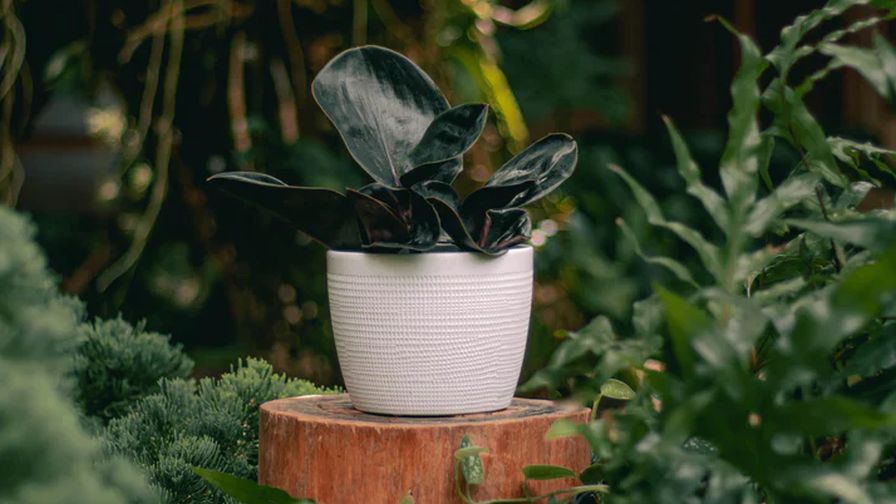How to Address the Growing Threat of Thrips Parvispinus

Thrips parvispinus; Photo: Ashley Summerfield, Vineland Research and Innovation Centre
Imagine if you will, an invader, which feeds on more than 40 plant species from 19 families. An invader that, over the last 30 years, has been found in 17 countries, intercepted in at least 10 additional countries, and is distributed on five of seven continents. This tiny invader is not a Twilight Zone story plot; it is Thrips parvispinus, an insidious pest of food and ornamental crops.
Parvispinus has proven to be a significant pest of peppers (Capsicum annuum), causing serious damage and reduced yield in commercial pepper production. They have also demonstrated an ability to damage important ornamental crops such as chrysanthemum, dahlia, dipladenia, and gardenia. There are also reports of significant damage to anthurium and hoya.
Thrips parvispinus has been an issue for a few years now but has largely gone unnoticed. Growers may have parvispinus in their facilities or have plants with damage but don’t recognize or know the cause of the damage. It is entirely possible that the damage is being misdiagnosed due to a lack of awareness. The Horticultural Research Institute (HRI), the research foundation for AmericanHort, is helping to direct and coordinate research to help determine how best to control this pest as well as understand the genetics and overall distribution. There are growing concerns about potential pesticide resistance in the parvispinus population, which, if realized, would make this already devastating pest virtually impossible to control. To that end, a wide variety of control options are being explored to ensure that the industry has a full tool kit for control and eradication.
Thrips parvispinus are believed to have arrived in Hawaii in the early 2000s but were not confirmed in the continental U.S. until 2020. Since this confirmation, Thrips parvispinus has also been discovered in numerous other states, as well as Canada. The rapid spread of T. parvispinus detections across the U.S. has warranted the Animal & Plant Health Inspection Service (APHIS) categorizing T. parvispinus as quarantine significant pest, which could lead to future regulation and supply chain disruptions.
Thrips parvispinus can complete their life cycle in 13–14 days. On average, females lay 15 eggs that are inserted into foliar tissues. These eggs hatch after four to five days, with larvae feeding on leaves and flowers for four to six days. These larvae mature and pupate, spending two to three days in the soil where they will mature and emerge as adults. This short life cycle allows for T. parvispinus populations to build rapidly and cause extensive damage. It is speculated that T. parvispinus pupates deeper in the soils than other Thrips species, making control more difficult. Signs of pesticide resistance have also been reported, making the need for modes of action rotation essential.
Thrips parvispinus has rapidly become a significant concern, impacting both economic and environmental aspects of crop production. The challenges posed by these tiny “invaders” have prompted the industry to explore a range of control options. As the industry continues to adapt and innovate, finding solutions to manage Thrips parvispinus remains a top priority for AmericanHort and the HRI. We will continue to engage with producers, researchers, and other groups to help manage this pest of concern. Look for future updates on this and other projects at the HRI website.








